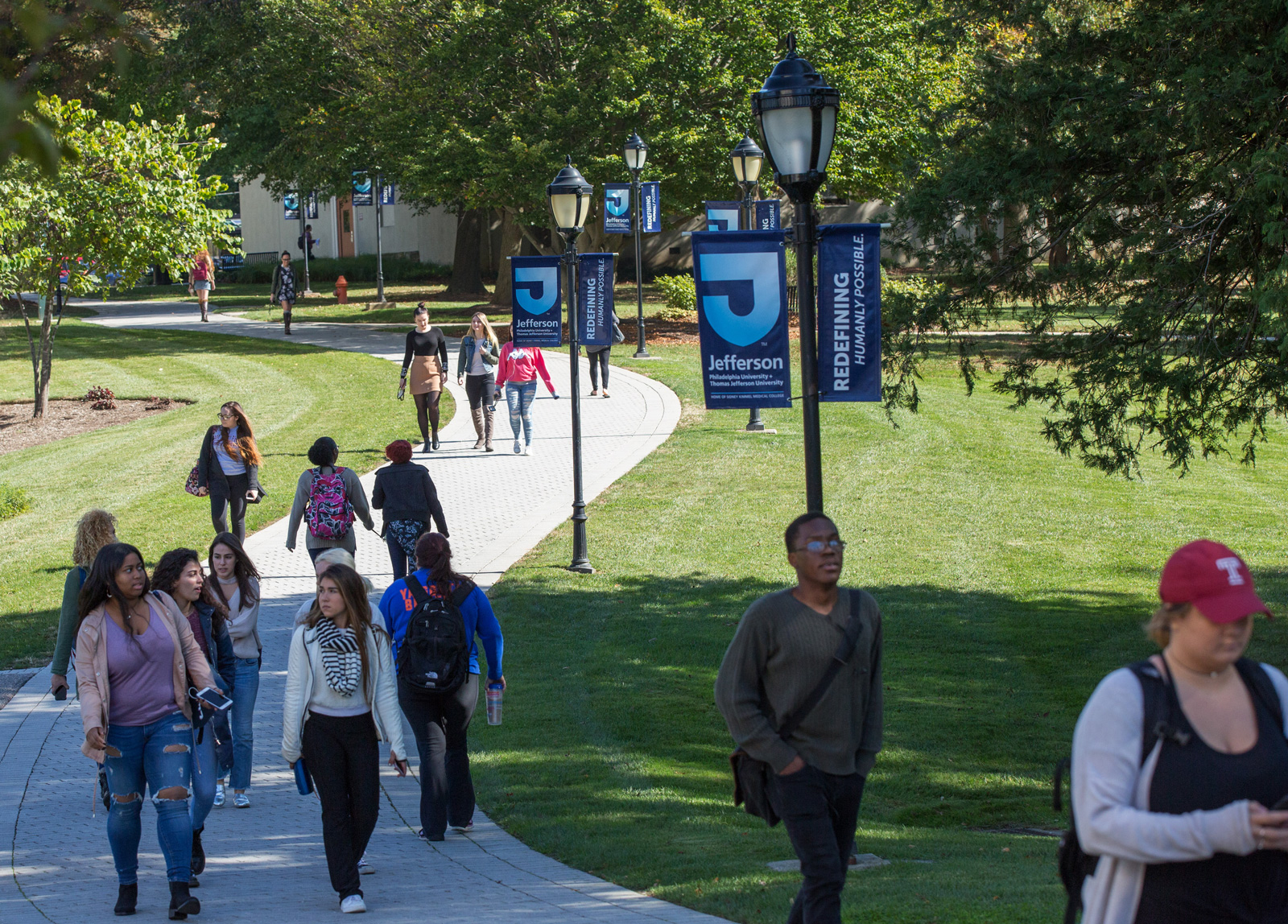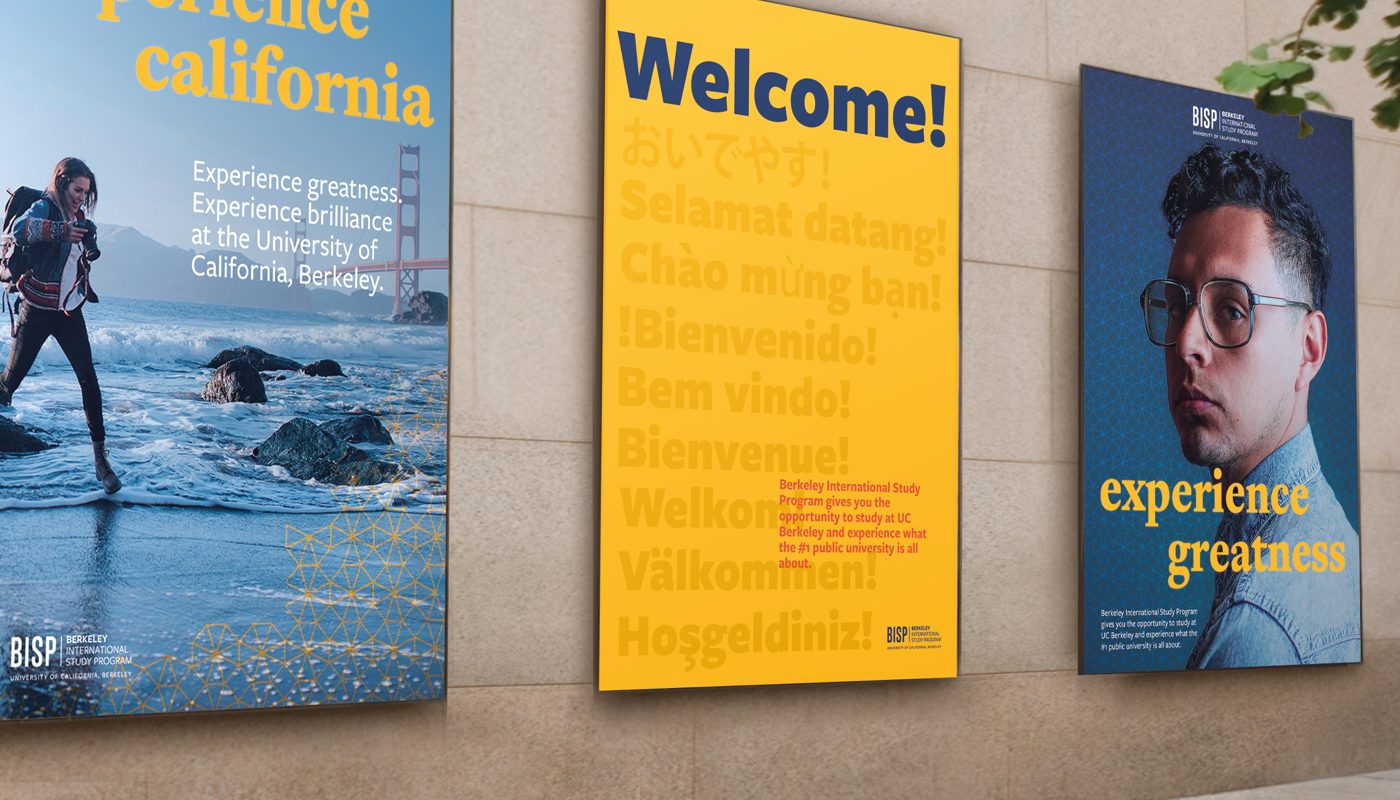Hybrid at NAFSA
We’re excited to be attending NAFSA 2023! Come and talk to us about the latest developments and opportunities in international higher education.
Catch our research, media and creative experts at Booth 121 or book a meeting through Calendly →
Study International
Connecting the world’s students and educators. Over 2,000,000 visitors each month.
Driving student enrollment. Advancing higher education brands.
Our team can support your international student marketing activity through direct campaigns:
We work collaboratively with you to develop a story arc that highlights your strengths, whilst also tapping
into Study International’s deep understanding and subjects and market variation. Everything is designed by our in-house creative teams, eye catching rich-media display adverts on Study International provide positive visibility for your brand and a clear call to action.
India is set to surpass China as the United States’ and the world’s leading source of international students. With over 200,000 Indian students choosing the U.S. as their destination last year, how can institutions capitalize on this interest and drive best-fit student enrollment?
China is still the leading sending country for the U.S., but there has been a steep enrollment decline in recent years. Student visa numbers have dropped by 50%since 2019. From navigating native media platforms to identifying new high-yield regions, how do we reignite colleges’ relationships with Chinese prospects?
With a 21.6% increase since 2020, Nigerian student numbers in the U.S. are the highest they’ve been since 1985. As the biggest economy in Africa, Nigeria’s population is expected to eclipse the United States’ by 2050. Limited domestic university spaces mean over 6.3m qualified students don’t have a place to study in Nigeria, encouraging young people to look abroad. As the Naira continues to weaken against the dollar, how can the U.S. stay ahead of UK, Canadian and Australian recruitment drives over the coming years?
With more U.S., UK and Australian universities investing in their international recruitment activities, and expanding higher education opportunities in sending countries, competition for students is fiercer than ever. Increasing competition in established markets such as Saudi Arabia, Hong Kong and Taiwan, is giving way to growing economies with fewer domestic opportunities, such as Nigeria and Vietnam. How are institutions shifting their market prioritization to access new opportunities?

